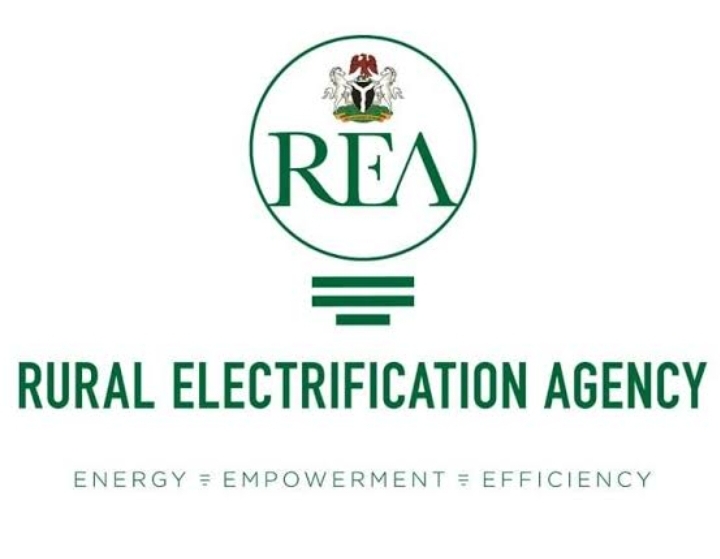As a savvy investor, understanding your risk appetite is crucial to making informed investment decisions. Your risk appetite determines how much risk you’re willing to take on, and consequently, which investment instruments are best suited for you.
So, what is risk appetite? Simply put, it’s your ability to stomach market fluctuations and potential losses. Are you comfortable with the possibility of losing some or all of your investment, or do you get anxious at the mere thought of it?
Let’s explore this together.
Understanding Risk Appetite.
Risk appetite is not just about your financial situation; it’s also deeply personal. Your age, income, financial goals, and even personality traits play a significant role in determining your risk tolerance.
For instance, a 30-year-old entrepreneur with a steady income and no dependents may have a higher risk appetite than a 55-year-old nearing retirement. The entrepreneur may be more willing to take on riskier investments, such as stocks or startups, to grow their wealth. In contrast, the retiree may prioritize stability and opt for safer, fixed-income investments.
Assessing Your Risk Appetite
To discover your risk appetite, ask yourself these questions:
- What are my investment goals? Am I seeking long-term growth or short-term gains?
- How much can I afford to lose?
- How would I react if my investment dropped by 10% or 20%?
- Do I have an emergency fund in place?
- What’s my time horizon for investing?
Risk Appetite Categories.
Generally, investors fall into one of three risk appetite categories:
- Conservative: You prioritize stability and security over potential returns. Suitable investments: fixed deposits, money market funds.
- Moderate: You’re willing to take on some risk for potentially higher returns. Suitable investments: dividend-paying stocks, balanced mutual funds.
- Aggressive: You’re comfortable with higher risk for potentially significant returns. Suitable investments: growth stocks, real estate investment trusts (REITs), bonds, hedge funds etc.
Investment Instruments
Now that you have an idea of your risk appetite, let’s explore investment instruments that align with each category:
Conservative:
– Fixed Deposits
– Government Bonds
– Money Market Funds
– Dividend-paying Stocks (e.g., utilities, consumer goods)
Moderate:
– Balanced Mutual Funds
– Index Funds
– Dividend-paying Stocks (e.g., real estate, healthcare)
– Exchange-Traded Funds (ETFs)
Aggressive:
– Growth Stocks (e.g., tech, biotech)
– Real Estate Investment Trusts (REITs)
– Private Equity
Understanding your risk appetite is key to investing in the right instrument. Don’t just pick investment instruments based on your intuition or random online information or gist from a friend.
You can also adjust your risk appetite as your circumstances change.
Let me know if you find this helpful. Have a wonderful weekend.
READ ALSO: Investor education key to healthy, stable capital market – SEC

 7 hours ago
1
7 hours ago
1













